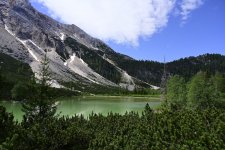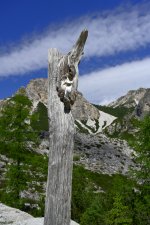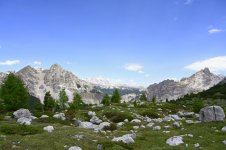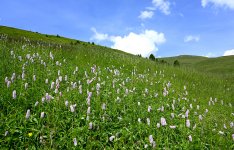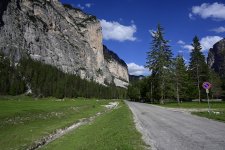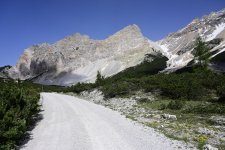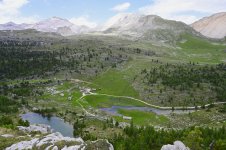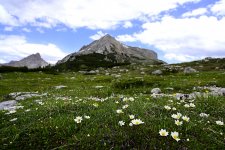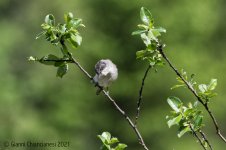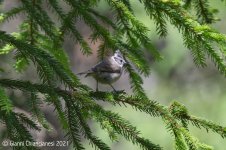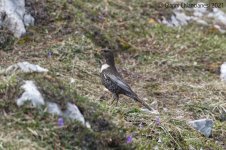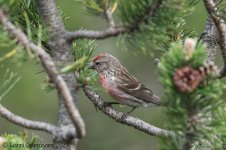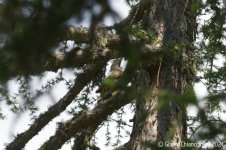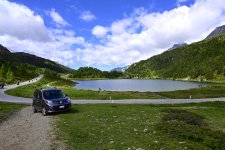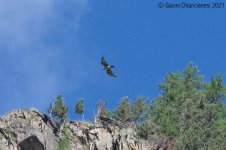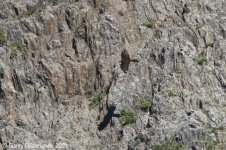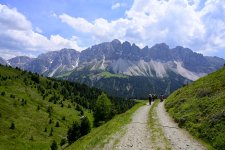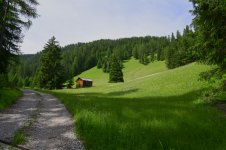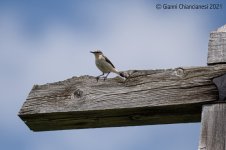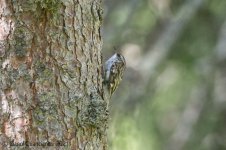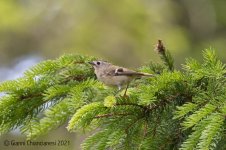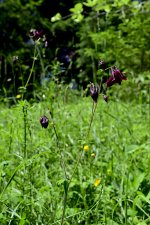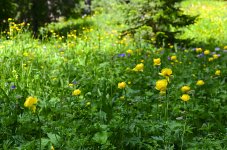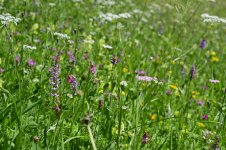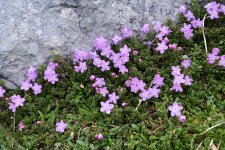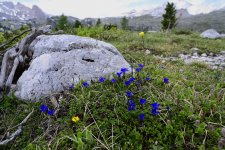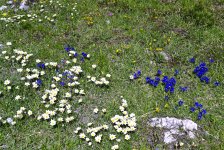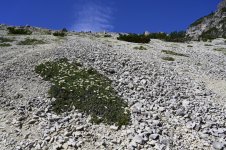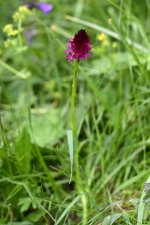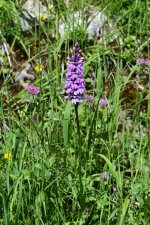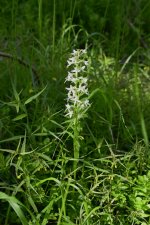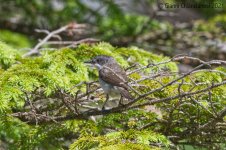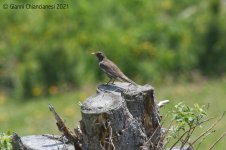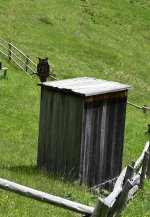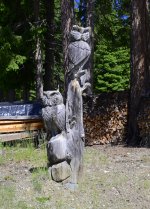
First of all apologies for the lateness of this trip report, which was almost ready weeks ago, but somehow I kept on postponing the final touches.
Like last year, we had decided not to book any holiday in advance because of Covid-induced uncertainty. The original idea of the French Pyrenees and Atlantic coast with a jaunt across the border in Spain looked like a real nightmare as we would have had to produce negative tests (the EU Green Pass started on July 1st and we wanted to travel in June) at each border crossing. An Italian staycation would have been appealing in the off-season, but with Covid restrictions recently relaxed, most holiday destinations were going to be pretty crowded, which, on top of the lateness of the season (we had to wait for the school holidays) is something not normally conducive to good birdwatching.
We had few places in mind: Sicily (hot and far away), a return to Abruzzo, and somewhere in the Alps for more mountain species.
After consulting with some fellow birders we settled on the latter, specifically on one valley in the Dolomites, where we had been for a weekend last October, on which I culpably failed to report (lockdown-induced laziness) and which had proved very pleasant despite the horrible weather.
So off we went, with only two days’ notice (thus forgetting several important bits of equipment), having secured a reservation at the Hotel Teresa in San Vigilio di Marebbe, which has an onsite nature/birdwatching guide and a deal with a famous Austrian optics manufacturer whereby you get to try their latest gear.
The total species tally was 78, probably not very exciting, but considering the alpine environments and that it was a bit late in the season it was probably very reasonable. We also got two lifers, in the form of Grey-headed Woodpecker and Lesser Whitethroat, and almost had a third in Capercaillie, which we only heard (but we are not counting it until we see it).
Like last year, we had decided not to book any holiday in advance because of Covid-induced uncertainty. The original idea of the French Pyrenees and Atlantic coast with a jaunt across the border in Spain looked like a real nightmare as we would have had to produce negative tests (the EU Green Pass started on July 1st and we wanted to travel in June) at each border crossing. An Italian staycation would have been appealing in the off-season, but with Covid restrictions recently relaxed, most holiday destinations were going to be pretty crowded, which, on top of the lateness of the season (we had to wait for the school holidays) is something not normally conducive to good birdwatching.
We had few places in mind: Sicily (hot and far away), a return to Abruzzo, and somewhere in the Alps for more mountain species.
After consulting with some fellow birders we settled on the latter, specifically on one valley in the Dolomites, where we had been for a weekend last October, on which I culpably failed to report (lockdown-induced laziness) and which had proved very pleasant despite the horrible weather.
So off we went, with only two days’ notice (thus forgetting several important bits of equipment), having secured a reservation at the Hotel Teresa in San Vigilio di Marebbe, which has an onsite nature/birdwatching guide and a deal with a famous Austrian optics manufacturer whereby you get to try their latest gear.
The total species tally was 78, probably not very exciting, but considering the alpine environments and that it was a bit late in the season it was probably very reasonable. We also got two lifers, in the form of Grey-headed Woodpecker and Lesser Whitethroat, and almost had a third in Capercaillie, which we only heard (but we are not counting it until we see it).
Attachments
Last edited:




